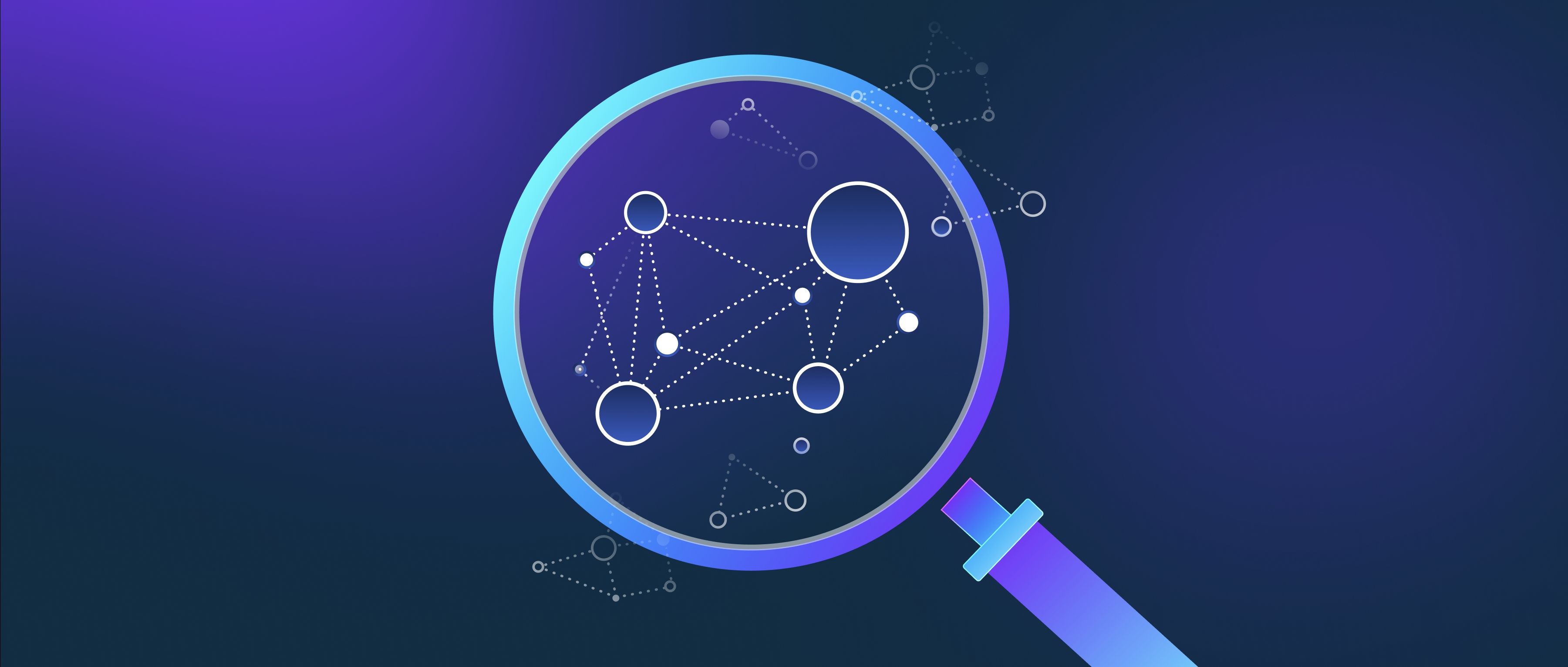Batch normalization is a technique used to stabilize and accelerate the training of deep learning models. In the context of self-supervised learning, it helps ensure that the model learns effective representations from unlabeled data. The primary idea behind batch normalization is to normalize the activations of a neural network layer by adjusting and scaling the output. This is done by computing the mean and variance of the inputs for each mini-batch and then using these statistics to standardize the outputs.
In self-supervised learning, where a model trains itself by predicting parts of the data from other parts, batch normalization aids in reducing the covariate shift. This shift occurs when the distribution of inputs to a layer changes during training, making it harder for the network to learn. By normalizing the inputs, batch normalization allows the model to maintain more stable and consistent input distributions across training iterations. This stability is crucial because it allows the model to learn more robust features and leads to better generalization when applied to downstream tasks.
For example, consider a self-supervised learning setup where a model is trained to predict the next frame in a video. If the input frames vary significantly in terms of lighting, motion, or resolution, the model might struggle to learn effectively. Batch normalization can help address these issues by normalizing the pixel values within each mini-batch. As a result, the model can focus more on learning the underlying patterns in the video data rather than being distracted by these inconsistencies. Overall, using batch normalization in self-supervised learning can lead to improved performance and faster convergence.
